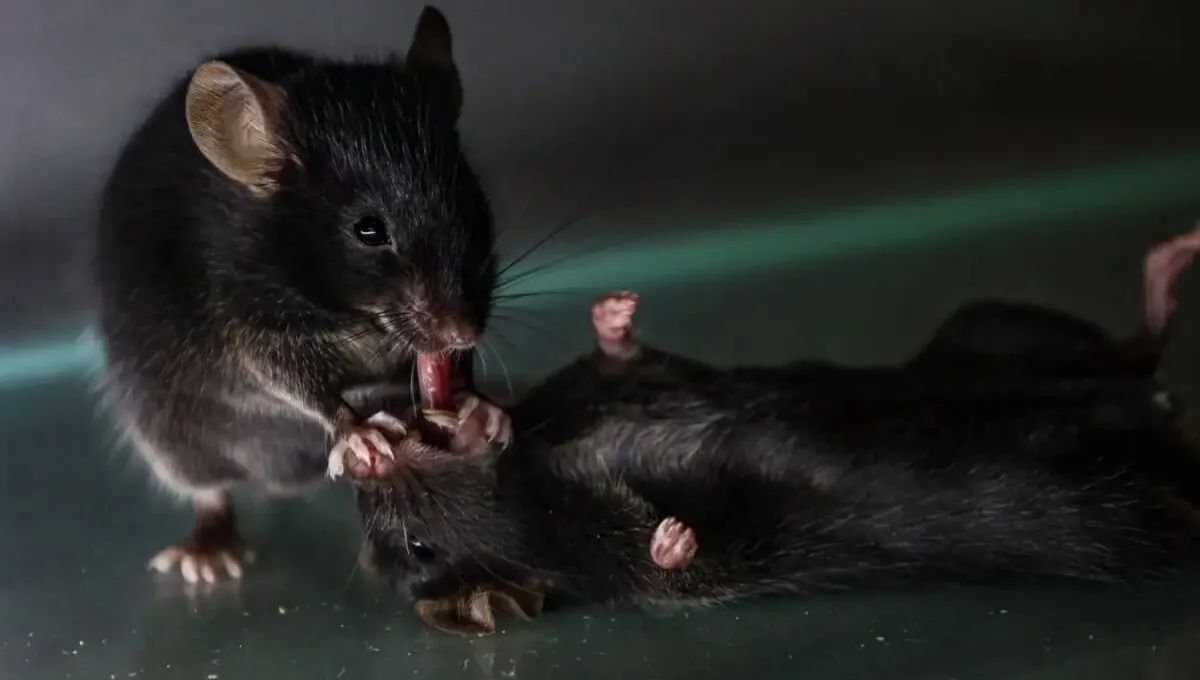
Scientists have recently reported intriguing observations regarding how a mouse responds to an unresponsive acquaintance. When encountering such a scenario, a mouse may attempt to revive its peer by pawing and gently biting at their face.
Among the observed behaviors, a particularly notable action involves the attending mouse removing the unconscious peer’s tongue in a manner akin to ‘clearing the airways,’ which is a crucial first step in human CPR. This demonstration suggests that mice, along with other animals, might be more adept caregivers than previously acknowledged.
Li Zhang from the University of Southern California conducted experiments by introducing caged mice to an anesthetized comrade. Remarkably, the observing mouse dedicated nearly half of a 13-minute observation window to attending to the sedated peer.
“They start with sniffing, and then grooming, followed by a very intensive or physical interaction,” Zhang explained. “They really open the mouth of this animal and pull out its tongue.”
The grooming interactions often involved licking the mouse’s eyes. The tongue removal maneuver was observed in more than 50% of all trials conducted by Zhang. To further validate these findings, Zhang's team inserted non-toxic plastic balls into the mouths of the mice post-sedation. In 80% of the encounters, the attendant mouse successfully removed the ball.
Behavioral changes were also noted. The caregiving behavior ceased once the sedated mouse regained responsiveness, while the sedated mouse exhibited quicker movements compared to those without an attendant. Additionally, mice spent more time attending to those they were more familiar with.
Cristina Márquez from the Center for Neuroscience and Cell Biology in Coimbra, Portugal, commented on the findings, stating, “The fact that three independent laboratories have observed similar behaviors indicates that this is a robust finding. However, we should be cautious about anthropomorphizing these observations or attributing intentions beyond what is evident.”
The observed behavior parallels using smelling salts or a slap to wake someone, with airway clearing being a fundamental step upon encountering an unconscious person. Neuronal activity during these interactions suggested a release of oxytocin in brain regions such as the amygdala and thalamus. Oxytocin is a significant signaling hormone associated with caring, love, and empathy.
This research evokes reflections on the intrinsic social bonds within the animal kingdom, as echoed in Robert Burns' immortal words:
I’m truly sorry man’s dominion
Has broken nature’s social union,
And justified that ill opinion
That makes you startle
At me—thy poor Earth-born companion, and fellow mortal.
For a visual insight into these fascinating behaviors, watch the video provided by New Scientist.